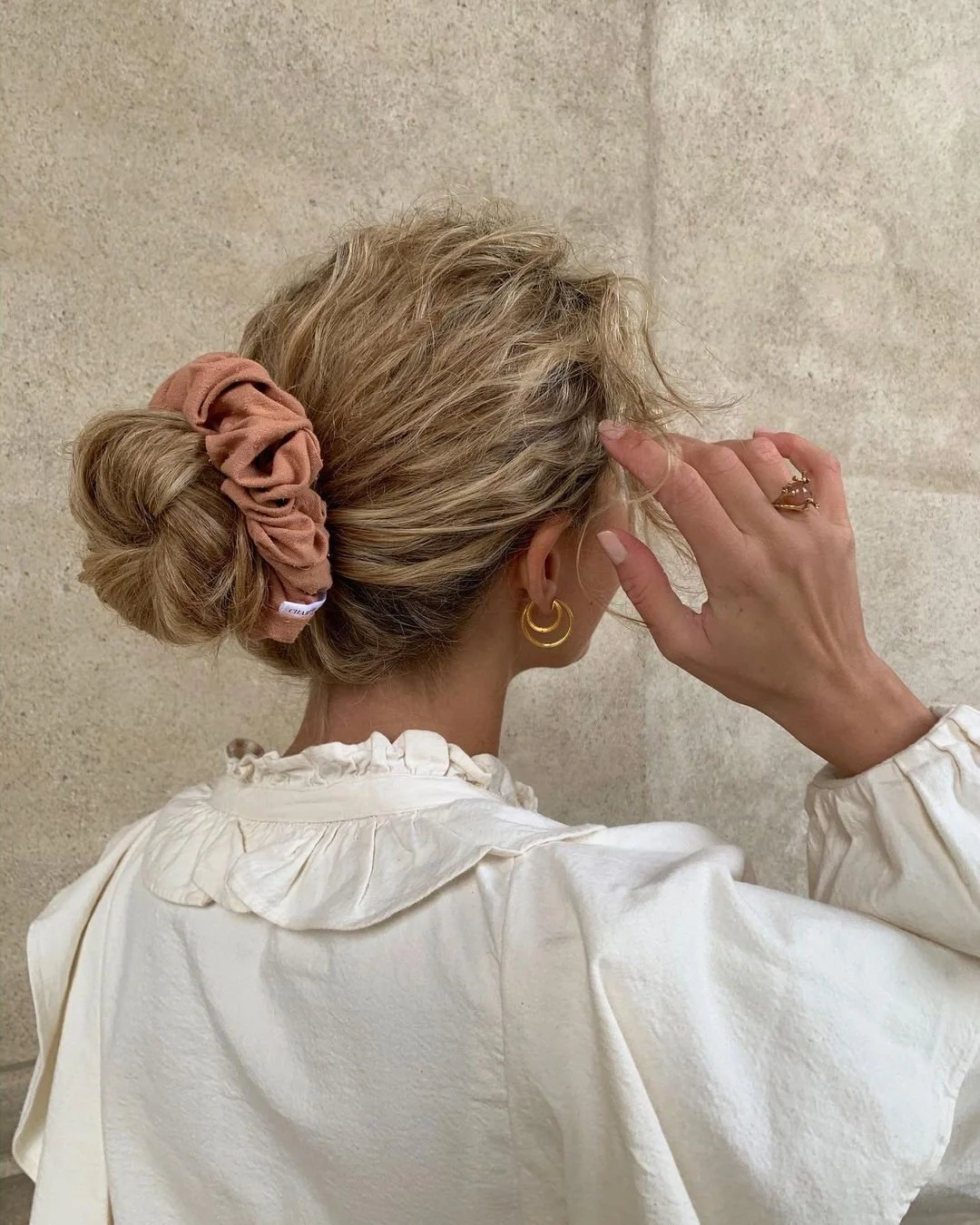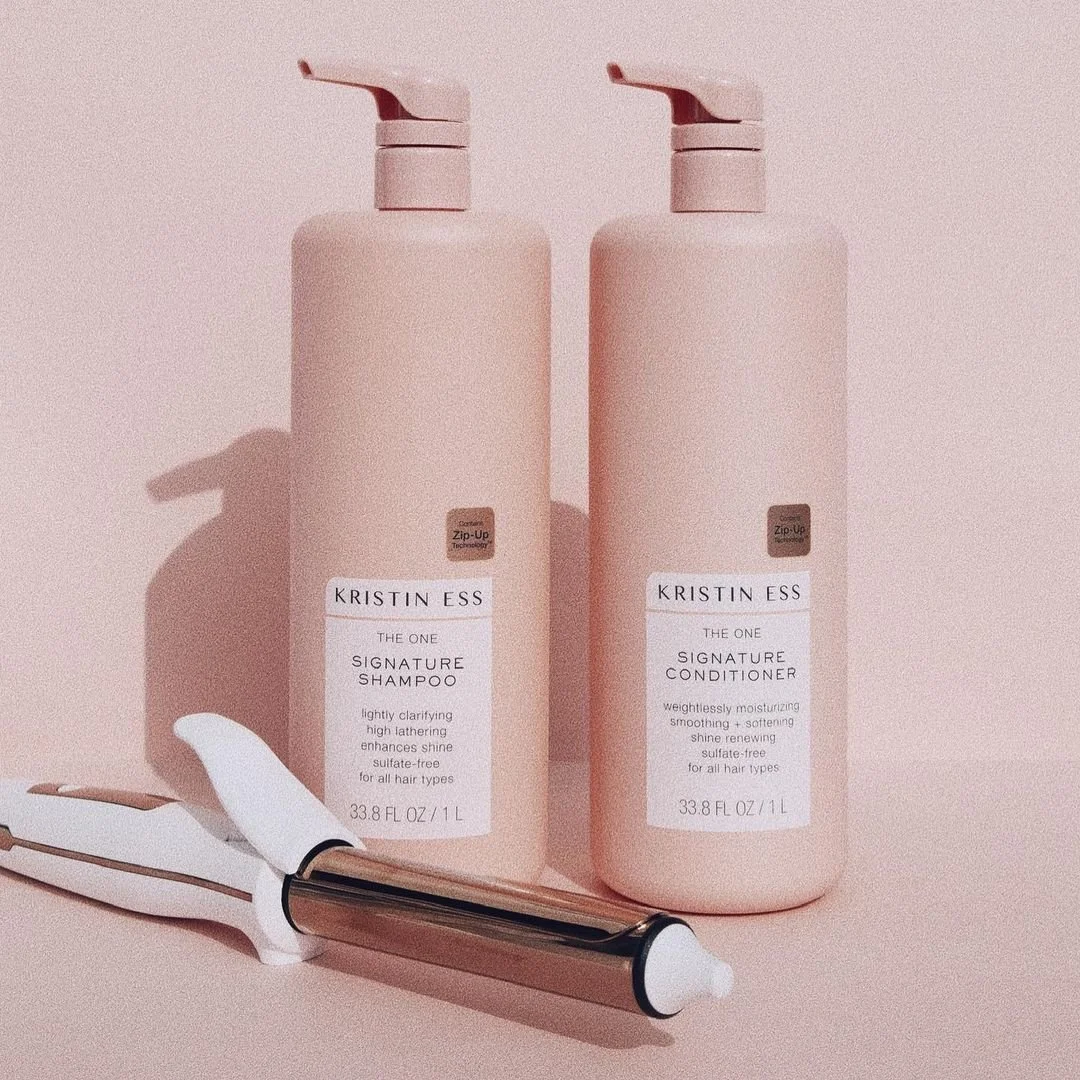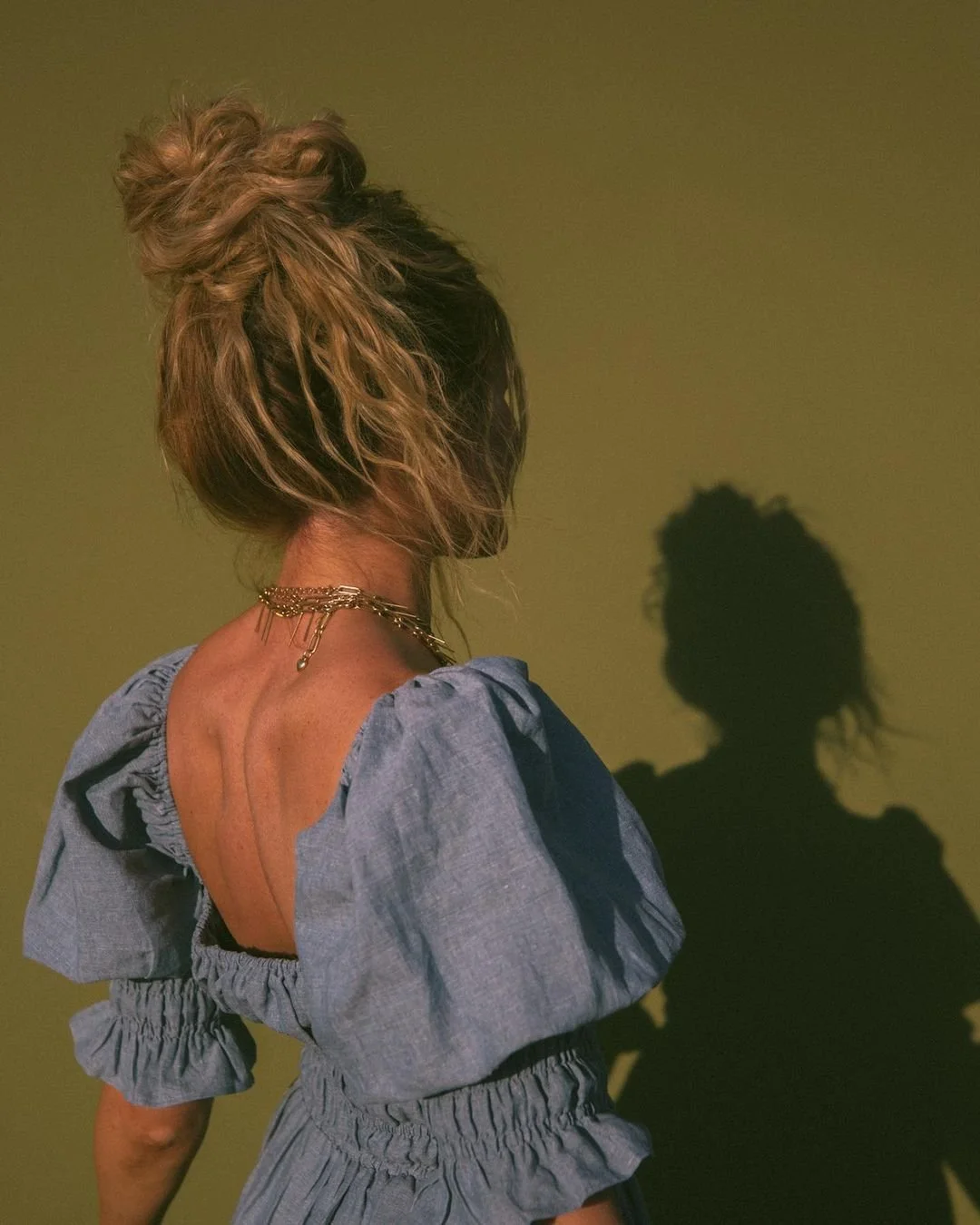How To: Train Your Hair
Oily, greasy hair is one of those beauty problems a lot of people face. You wash your hair often to try and avoid greasiness, but overwashing actually sometimes ends up producing more oil. It’s an endless cycle of trying to combat a problem while simultaneously making it worse without even realizing it.
This is a frustrating situation to be in, and for the longest time, I couldn’t come up with a solution for happy, healthy hair — until I heard about the concept of “training my hair” to be less greasy and require fewer washes, leading to overall healthier, less oily hair.
Training your hair essentially means you’re treating it to stay clean longer, without getting greasy, in between washes. Of course, all hair types may require different kinds of treatment, but there are a few tips that can serve as a guide for the start of your hair training journey.
When I finally decided that I was over my greasy hair, I started by doing research. I quickly realized the importance of using a sulfate-free shampoo. Hair products with sulfate often dry out your hair, leading to your scalp overproducing oil to supplement this dryness. Using a sulfate-free shampoo won’t strip your hair of its necessary and natural oils. My favorite sulfate-free shampoo and conditioner are Kristin Ess, which you can find at Target. I also discovered the importance of being careful to only use conditioner and other hair styling products on my ends, keeping it far from my roots.
Depending on your hair, complete training will take varying amounts of time. The first few weeks of hair training may prove to be difficult because it takes time for the oiliness to halt, but it’s completely worth it once you start seeing results. Your hair needs to adapt to getting washed less to successfully train it.
The first week of my hair training journey, I started washing my hair every other day. My first week was definitely tough; as someone who washed their greasy hair every day, it was hard to resist the urge to jump in the shower as soon as it started showing signs of oil. But I was determined to stick it out, and my holy grail throughout the whole process was dry shampoo. On the days I didn’t wash my hair, I parted my hair in sections and sprayed dry shampoo at my roots. Just like my shampoo and conditioner, I use Kristin Ess’s dry shampoo as well.
For the first half of the second week, I stuck to every other day, but about halfway through, I tried to go two days without washing. At this point, I felt relatively comfortable going every other day, but going two days with unwashed hair had me lamenting its greasiness. But I continued regardless, using dry shampoo when needed and often wearing my hair back in a messy bun or thrown up in a claw clip.
After three weeks of hair training, I finally started to notice a little bit of a change. My hair looked and felt a lot less oily, and I was only washing it three to four times a week. I only had to use dry shampoo two days after washing it and could use much less than before. I finally felt confident in the way my hair looked when I went multiple days without washing it.
Week four is when it all clicked for me, and there was a noticeable difference in my hair. Not only did it feel healthier, but it also looked healthier and much less greasy than it did when I had started. This was crazy to me, considering how much better it looked when I was actually washing my hair less. I had no problem going two days without washing and was even able to go three days with a little bit of help from dry shampoo. After a solid month of sticking with my hair training regime, I can now comfortably wash my hair only two or three times a week without it getting greasy in between washes. My hair looks better, is much healthier, and I can save time with shorter showers daily.
It will probably be hard at first. But if you struggle with oily hair and overwashing, take a stab at hair training, and stick with it. You (and your hair) will thank me later.
Strike Out,
Writer: Abby Wager
Notre Dame



